TLDR Cell division orientation varies by body site and is linked to epidermal thickness and cell density.
The study utilized a non-invasive intravital imaging approach to analyze cell division orientation in the epidermal basal layer of R26H2BEGFP hairless mice across different body sites. Using four-dimensional imaging, researchers observed that cell divisions in the dorsal and ear epidermis were primarily parallel to the basement membrane, while divisions in the hind paw and tail epidermis occurred in both parallel and oblique orientations. The analysis demonstrated a correlation between epidermal thickness, basal cell density, and the rate of oblique divisions, highlighting the variability in epidermal structures across different body sites.
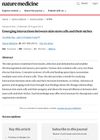 426 citations
,
August 2014 in “Nature Medicine”
426 citations
,
August 2014 in “Nature Medicine” Skin stem cells interacting with their environment is crucial for maintaining and regenerating skin and hair, and understanding this can help develop new treatments for skin and hair disorders.
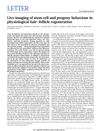 305 citations
,
June 2012 in “Nature”
305 citations
,
June 2012 in “Nature” Hair regeneration needs dynamic cell behavior and mesenchyme presence for stem cell activation.
1279 citations
,
November 2005 in “Nature Medicine”
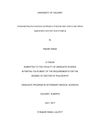
Dermal stem cells help regenerate hair follicles and heal skin wounds.
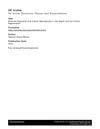
Ovol2 is crucial for hair growth and skin healing by controlling cell movement and growth.
 333 citations
,
February 2010 in “Cell Stem Cell”
333 citations
,
February 2010 in “Cell Stem Cell” Stem cell niches are crucial for regulating stem cell behavior and tissue health, and their decline can impact aging and cancer.
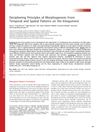 19 citations
,
April 2015 in “Developmental Dynamics”
19 citations
,
April 2015 in “Developmental Dynamics” The conclusion is that skin and hair patterns are formed by a mix of cell activities, molecular signals, and environmental factors.
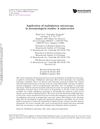 58 citations
,
November 2013 in “Journal of Innovative Optical Health Sciences”
58 citations
,
November 2013 in “Journal of Innovative Optical Health Sciences” Multiphoton microscopy is a promising tool for detailed skin imaging and could improve patient care if its challenges are addressed.








